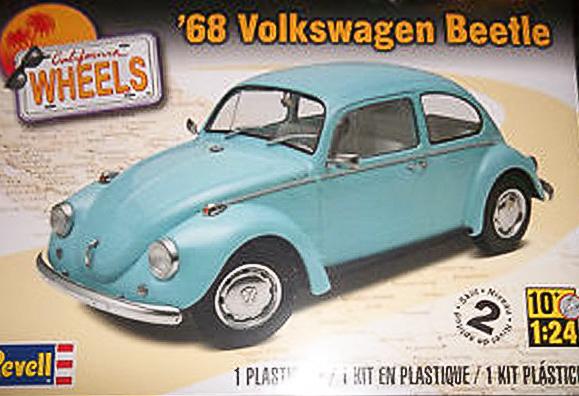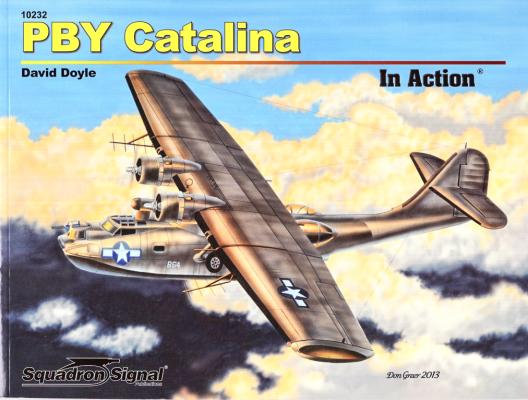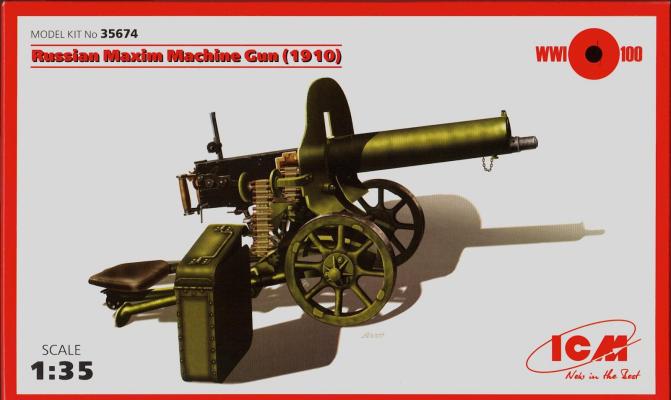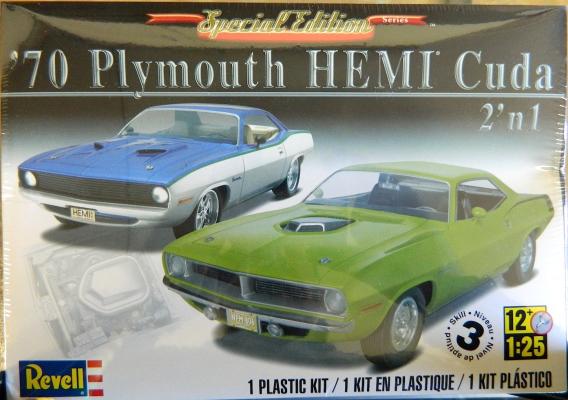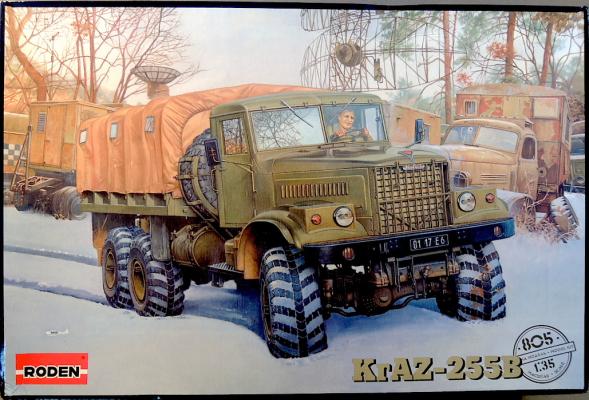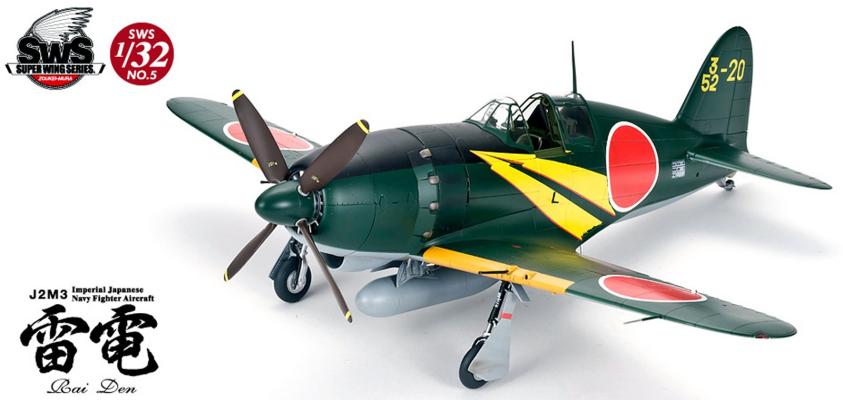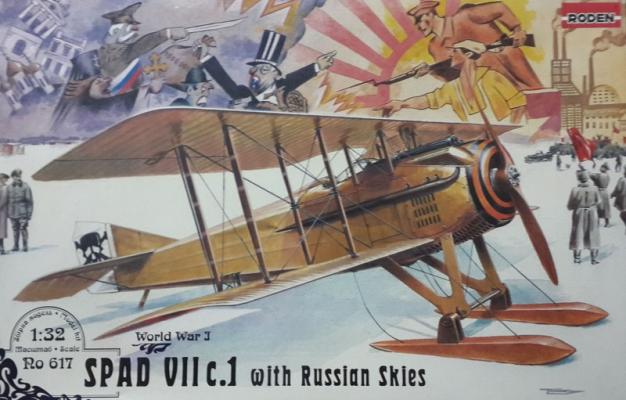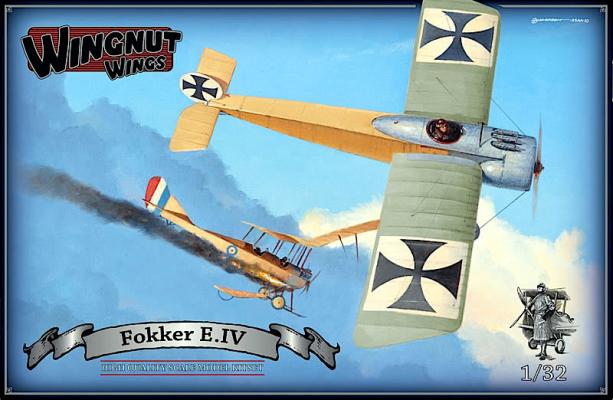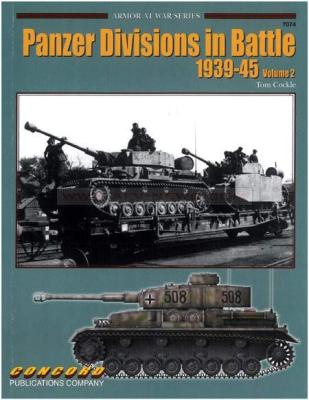The Volkswagen Beetle, officially called the Volkswagen Type 1 (or informally, the Volkswagen Bug), is an economy car produced by the German automaker Volkswagen (VW) from 1938 until 2003. The need for this kind of car, and its functional objectives, were formulated by Adolf Hitler, leader of Nazi Germany, wishing for a cheap, simple car to be mass-produced for the new road network of his country. He contracted Porsche in 1934 to design and build it to his exacting standards. Ferdinand Porsche and his team took until 1938 to finalize the design; one of the first rear-engine cars. With over 21 million manufactured (21,529,464 exactly) in an air-cooled, rear-engine, rear-wheel drive configuration, the Beetle is the longest-running and most-manufactured car of a single design platform, worldwide.
February 2014
The Aircraft
The KC-135 was the US Air Force’s first jet refueling aircraft, replacing the KC-97. The 135 was developed from the same prototype as the 707, but has much more in common with the Model 720. The 135 entered service with the USAF in 1957. The last KC-135 was delivered in 1965.
The KC-135E was an interim between the KC-135A and R. The E model came about when it became apparent that the A model just didn’t have the power and range needed to support the global mission of the US Air Force. The fix is the same one used on the Boeing 707 and 720, updating the engines from P&W J-57s to TF-33s. The re-engining continued with the KC-135R, which has GE/SNECMA CFM-56 engines. The Air National Guard and Air Force Reserve flew the E model.
As quoted from Squadron/Signal Publications, "In Action books, despite the title of the genre, are books that trace the development of a single type of aircraft, armored vehicle, or ship from the prototype to the final production variant. Experimental or "one-off" variants can also be included. Our first In Action book was printed in 1971.”
Author David Doyle has come through with another wonderfully written book. This time he takes on the Consolidated PBY "Catalina." This aircraft was not always known as the "Catalina," in fact it started off as Consolidated Model 28 in 1932. It wasn't until 1940 when the British received the PBY-5 that the name “Catalina” came about.
The Parts
The parts are secured in a small plastic bag with two stickers applied. The first of those stickers matches the product number “35674”. The second sticker might represent the number of part sprues, “2”, or it might be an “inspector” number. Sprue “A” has 14 parts and Sprue “B” has 19 parts, with a total of 33 parts making up the machine gun and wheeled carriage. All parts are clearly marked with an I.D. number that is an alphanumeric combination. For example, the gunner’s seat is on sprue B and is part #16 on that sprue. On the kit instructions the gunner’s seat is identified as “B16”. This makes part identification very simple, very easy, and very clear.
I love kits like this ‘Cuda. Everything fit together very nicely with no flash at all.
Engine
The Hemi engine is a gorgeous unit to work with. Every part fit together just the way it should. You get a couple of options about the air cleaner setup. Rather than have a hole in the hood (kit provided) I chose to go with a dual 4 bbl. air cleaner.
Chassis
The exhaust pipes, rear differential, and front torsion bar are separate assemblies, and fit together very well. You get a choice of stock wheels and larger diameter 5 spoke wheels and tires. I used the gorgeously detailed stock wheels and added valve stems.
Interior
The interior features a floor unit with separate side panels that are very well engraved. The separate seats and console are wonderful pieces. I added flocking to my build.
Introduction
This is one ‘Bear’ of a truck and one bear of a kit! The KrAZ weighs twelve tons, has a payload of seven and a half tons, and is nicknamed ‘The Bear’. The kit will definitely not fall together out of the box on a Sunday afternoon. A difficult kit to assemble, it’s worth the effort and builds into one massive truck!
Background
Excerpt from the instructions:
NOTE: The Concept Notes have MSRP of $22.00
Part 1: Overview
The fifth Super Wing Series kit from Zoukei-Mura (ZM) is the Mitsubishi J2M3 Raiden (Allied code name ‘Jack’). I have the Hasegawa kit of the same aircraft in my stash, but when ZM kit arrived, I was very surprised at the size of the box. The kit box is substantially larger than the Hasegawa box, and it is full of plastic. Lots and lots of plastic. The lift-off box top is beautifully rendered in glossy artwork featuring the J2M3 of Lt. JG Yoshihiro Aoki, with views of the actual model on the sides.
Inside there are nine individually wrapped sprues of light gray plastic and two sprues of clear, with a total of 247 parts. There is a single decal sheet, a small sheet of paint masks, and the most comprehensive instruction manual I’ve ever seen (more on that in a minute). Also included with the review was the ZM Concept Notes.
Background
The sturdy French built SPAD VII c.1 made its appearance on the Western Front in mid-1916. Although many French pilots considered the SPAD VII to be inferior to the Nieuport 17 as a dogfighter, it nevertheless proved to be a reliable and rugged fighter and was more than a match for any Central powers aircraft it encountered. The real strength of this aircraft was its durability in a dive and that it could take a lot of punishment and still stay airborne. SPADs were soon in production in Great Britain, as well as in Russia. In the spring of 1917, Russia received 43 SPAD aircraft which proved to be popular with Russian pilots. This original batch of SPADs was supplemented by 100 more SPAD VIIs manufactured by the Dux factory under license.
Built on the principle of more is better, the Fokker E. IV was an attempt to improve on the legendary aircraft responsible for the “Fokker scourge” of 1915. First was the addition of a twin row 14 cylinder Oberursel engine which developed 160 hp. Then, at least in the prototype, three IMG machine guns were installed on the upper cowl firing through the propeller arc via an interrupter gear (which didn’t always work). These improvements seemed better in theory but combat revealed some shortcomings. The guns were reduced to two Spandaus since three machine guns which were prone to failures overloaded pilots. In addition, the weight of guns/ammo combined with a spinning mass of engine up front proved a handful. The allies by this time were producing very maneuverable aircraft that a wing warping design simply couldn’t match. The Fokker Einedeckers domination of the skies over the front was over by December of 1916.
Concord Publishing, out of Hong Kong, is back again with another Armor At War series entitled Panzer Divisions In Battle 1936-45 by popular author Tom Cockle. Anyone familiar with the armor modeling literature and research will recognize this authoritative combination, and this latest release won’t disappoint.
Looking across my personal bookshelf of maybe 200 titles, I can spot several of Mr. Cockle’s books and I’ve familiar with many of his articles in some of the better armor magazines such as ‘Military Modeler’, ‘Military in Scale’, ‘Military Modelcraft International’, ‘FineScale Modeler’ and ‘AFV Modeller’. If you’ve been building armor models for any length of time, you’re probably familiar with his work as well.

